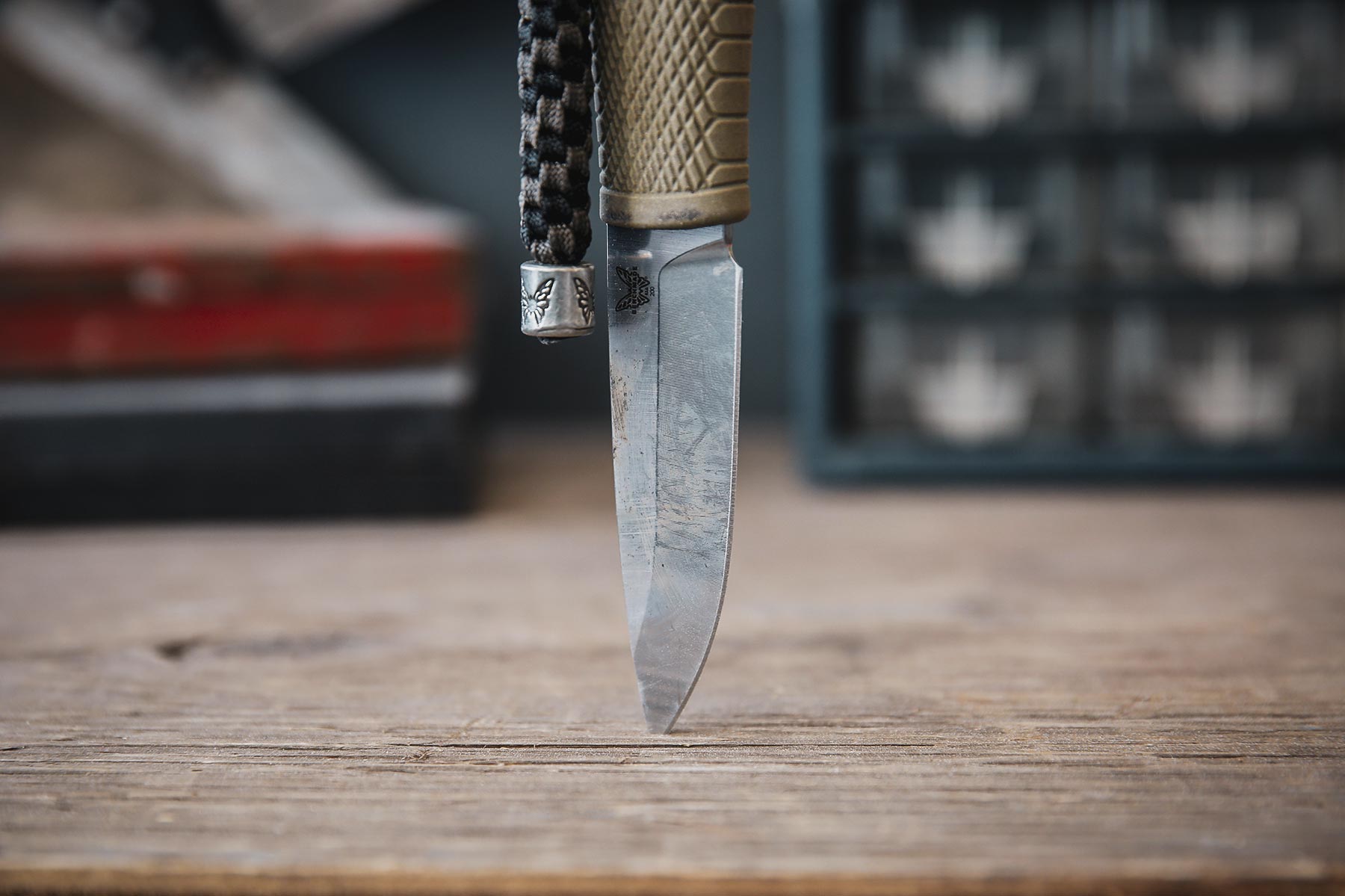How to Dull a Knife
To dull a knife, you can use a sharpening stone or sandpaper to gradually wear down the blade’s edge until it becomes less sharp. Introducing: How to Dull a KnifeAre you in need of a less sharp knife for specific tasks like carving or slicing delicate items?
Look no further. In this guide, we’ll discuss a simple, hands-on approach to dulling a knife effectively. Dulling a knife can be achieved using common household items, such as a sharpening stone or sandpaper. By gradually wearing down the blade‘s edge, you’ll achieve the desired level of bluntness required for your specific needs.
Join us as we walk you through the steps to safely and easily dull your knife, ensuring your comfort and convenience in the kitchen or on the job. So, let’s get started!
The Importance Of Dulling A Knife
The importance of dulling a knife cannot be underestimated. Understanding why you may need to dull a knife is crucial for safe and efficient kitchen tasks. Although sharp knives are usually preferred, there are certain benefits of using a dull blade for specific kitchen activities.
One benefit of a dull blade is its reduced risk of accidental cuts. When performing tasks that require force or precision, a dull knife can provide more control and stability.
Additionally, a dull blade is less likely to slip on certain surfaces, making it ideal for tasks such as slicing soft fruits or delicate ingredients.
Dulling a knife can also prevent it from easily sticking to certain foods, like sticky cheeses or moist meats, allowing for a cleaner and smoother cutting experience.
Techniques For Safely Dulling A Knife
Techniques for Safely Dulling a Knife
To safely dull a knife intentionally, you can use a honing rod or sharpening stone. Start by holding the rod or stone at a slight angle against the blade. Using moderate pressure, slide the knife across the rod or stone in a sweeping motion, from the base to the tip. Repeat this process on both sides of the blade until the desired dullness is achieved. Remember to maintain a consistent angle and avoid applying excessive pressure, as it can damage the knife.
Another method to dull a knife is using a file or sandpaper. Take caution when using this technique, as it can irreversibly damage the blade if not done properly. Gently run the file or sandpaper along the edge of the knife, applying light pressure. This will gradually blunt the blade, making it less sharp. Be sure to maintain an even pressure and avoid creating uneven surfaces on the blade.
To decrease the sharpness of a knife while maintaining safety, you can angle the blade differently during use. By adjusting the angle of the blade, you can reduce its cutting efficiency without compromising its ability to perform basic tasks. Experiment with different angles until you find the desired level of dullness, keeping in mind that extreme angles can result in reduced control and effectiveness.
Applying Dull Blade Techniques To Different Types Of Knives
Adjusting the sharpness of a knife is an essential skill for precision chopping, smoother slicing, and specialized tasks like whittling. To dull a chef’s knife, carefully use a honing steel to slightly round out the edge, promoting control and reducing the risk of accidents. For a bread knife, applying a honing method delicately blunts the serrated teeth, resulting in a smoother slice without crushing the bread. When it comes to pocket knives, **dulling the blade** can be necessary for certain specialized tasks, such as whittling or carving intricate designs. Understanding the different techniques to dull a knife allows you to adapt your blade’s sharpness to suit the specific needs of the task at hand, ensuring optimal performance and safety.

Credit: www.worksharptools.com
Frequently Asked Questions (Faqs)
Can a knife be too dull?
Absolutely! A dull knife can be just as problematic as a sharp one. While most people associate dullness with safety, it’s important to note that a dull knife actually increases the risk of accidents. Dull knives require more force to cut through food, increasing the possibility of slips and injuries. Therefore, it is crucial to maintain the right level of sharpness in your knives.
How often should knives be dulled?
The frequency of knife dulling depends on the usage and type of knife. In general, regular honing and sharpening are recommended to keep your knives at their best. Honing should be done regularly, ideally after every few uses, to realign the blade and maintain its sharpness. Sharpening, on the other hand, should be done less frequently, perhaps every few months or whenever you notice the knife losing its cutting edge.
Will dulling a knife make it safer to use?
No, dulling a knife does not make it safer to use. As mentioned earlier, a dull knife actually poses a greater risk as it requires more pressure and effort to cut. The lack of control and increased force can lead to accidental slips or blade-related injuries. It is always safer to use a sharp knife as it allows for precise and controlled cutting, reducing the risk of accidents.
Conclusion
In a nutshell, maintaining a dull knife not only enhances your safety but also prolongs the lifespan of your kitchen tools. By incorporating proper techniques like using a honing rod or a whetstone, you can easily dull a knife effectively.
Remember to apply consistent pressure and maintain the right angle during the sharpening process. Furthermore, it is essential to store your knives properly in a knife block or sheath to prevent accidents and keep them in top shape. With regular maintenance and care, you can confidently handle any culinary task with your perfectly dull knife.
So, bid farewell to dull cutting experiences and welcome a safer and more efficient cooking journey. Happy cooking!






